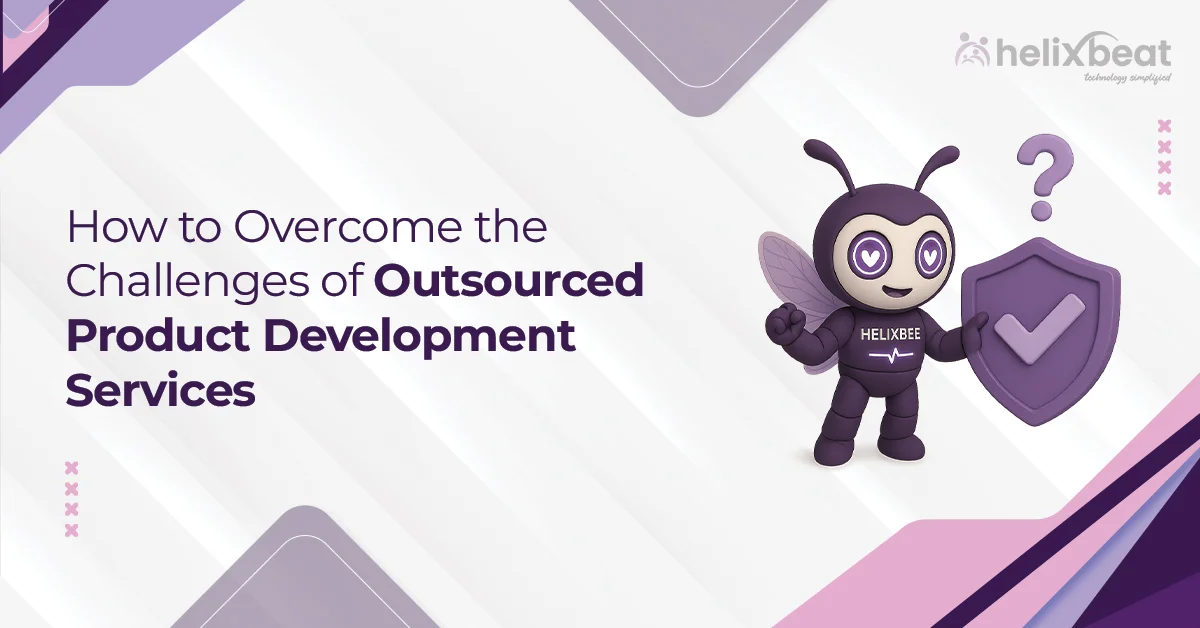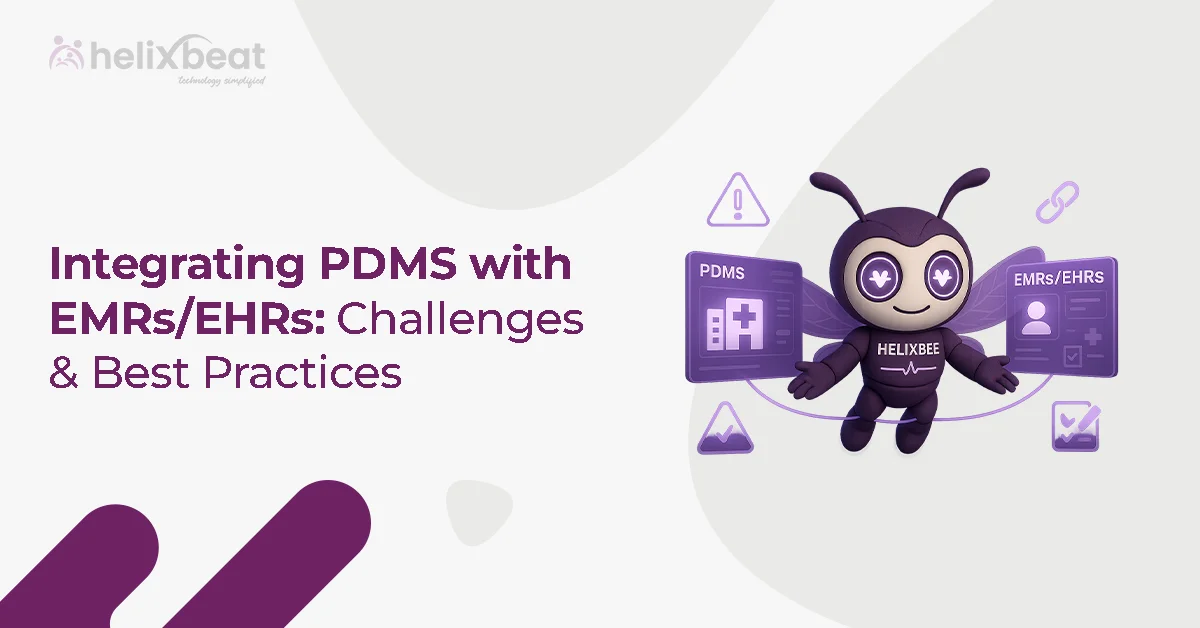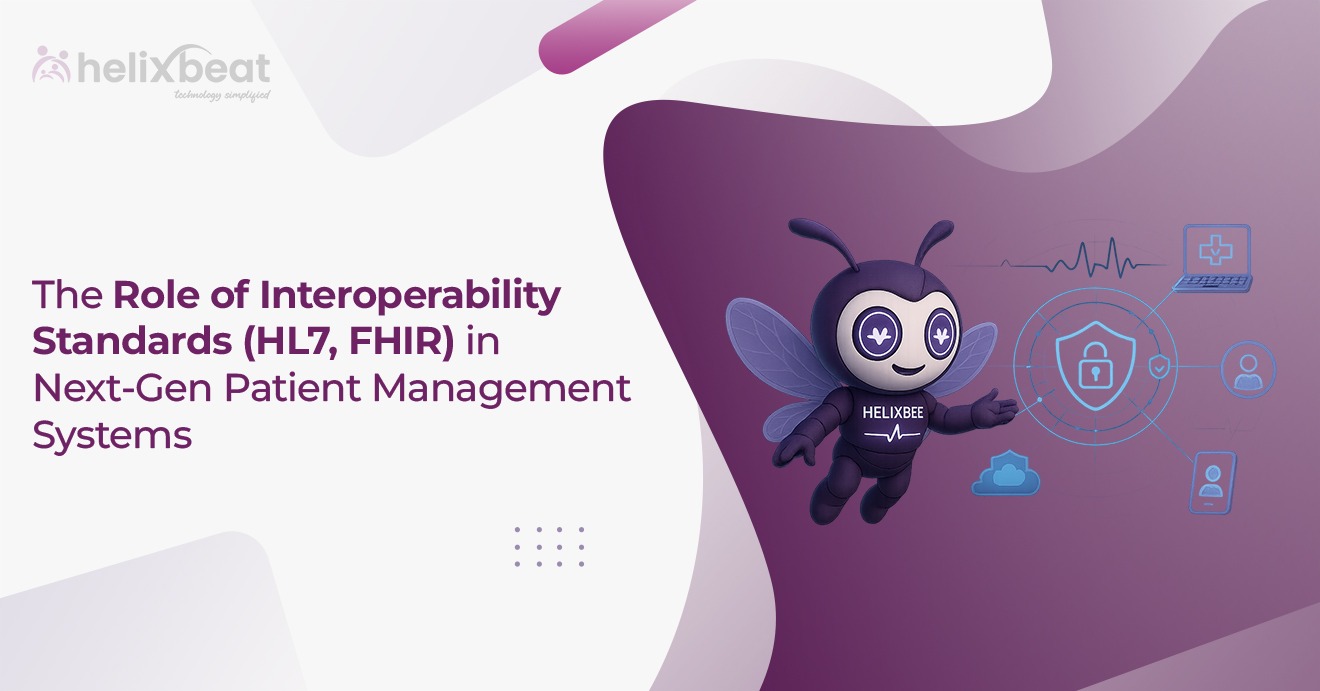Many small businesses believe that cloud technology is only for large corporations. But that’s no longer true. Today, even small companies can benefit from cloud tools to improve operations, reduce costs, and grow faster.
A report by Gartner found that 75% of organizations will use the cloud as the base for digital transformation by 2026. This trend is not only for big brands; it includes startups and small businesses, too.
A strong cloud transformation strategy helps you move your business systems, data, and tools to the cloud in a way that supports growth and flexibility. It’s not just about storing files online; it’s about making your business more efficient and competitive.
With help from technology transformation services and cloud migration services, small businesses can now adopt advanced tools without needing a big IT team. Let’s see how your business can benefit from the cloud and what steps to take for a successful cloud transformation strategy.

Table of Contents
Why Small Businesses Must Prioritize Cloud Transformation
For small businesses, every decision counts, especially when it comes to time, money, and resources. That’s why cloud transformation is not just a technical upgrade; it’s a smart business move.
Here’s why it matters:
- Reduces IT Burden: Most small businesses don’t have a large IT team. With a well-planned cloud transformation strategy, you don’t need one. Cloud platforms offer ready-to-use tools that are easy to manage without complex hardware or constant maintenance.
- Supports Remote Work: Whether your team is working from home, in the office, or on the go, cloud-based systems allow everyone to access the same files, apps, and systems in real time. That’s a huge win for collaboration and productivity.
- Keeps Costs Predictable: Instead of paying for expensive servers or one-time software purchases, cloud services follow a pay-as-you-go model. You only pay for what you use, which is ideal for small businesses managing tight budgets.
- Improves Data Security: Top cloud providers invest heavily in security features like encryption, regular backups, and monitoring. This level of protection is hard to build on your own and helps protect sensitive business data.
- Prepares You for Growth: As your business grows, so can your cloud setup. With the right cloud transformation strategy, you can scale up services, add users, or launch new products without having to rebuild your tech stack.
In short, cloud transformation helps small businesses stay lean, flexible, and competitive without requiring big investments upfront.
What Is a Cloud Transformation Strategy? (And Why It Matters)
A cloud transformation strategy is a detailed plan to shift your business’s IT systems data, applications, and infrastructure to the cloud. It’s not just about moving things online; it’s about aligning technology with your business goals.
The strategy includes:
- IaaS, PaaS, and SaaS adoption to reduce hardware costs and simplify software management.
- Assessing current systems to identify what should move and what can stay.
- Choosing the right cloud model: public, private, or hybrid based on workload needs.
- Security and compliance planning to protect sensitive data.
- A defined Cloud Migration strategy with timelines and risk mitigation.
Why it matters: Without a strategy, cloud projects can become costly or disorganized. With the right approach, small businesses can scale faster, stay secure, and access the same modern tech that larger companies use without the complexity.
Top Benefits of Cloud Adoption for Small Businesses
1. Cost-Effective Operations
Cloud platforms help cut IT costs by up to 30%, according to a report by Microsoft. Small businesses avoid upfront hardware investments and only pay for the services they use, making budgeting more predictable and flexible.
2. Flexible and Scalable Infrastructure
A study by Flexera shows that 65% of SMBs scale their cloud usage within the first year of adoption. With features like autoscaling and resource monitoring, businesses can expand operations without overloading systems.
3. Improved Collaboration and Remote Access
According to Gartner, 70% of small businesses using cloud tools saw better team productivity. Employees can access shared files, apps, and communication tools from any location, supporting flexible work models and reducing downtime.
4. Stronger Data Security and Backup
IBM research reveals that cloud platforms can reduce security breach costs by 27%. With encryption, multi-factor authentication, and automatic backups, small businesses gain strong data protection with minimal IT staffing.
5. Faster Innovation and Deployment
The Cloud Industry Forum states that 58% of small businesses report faster time-to-market after cloud adoption. Cloud tools like PaaS and SaaS enable quick testing, integration, and product rollouts, often without the need for coding.
Common Myths About Cloud for Small Enterprises (Let’s Clarify)
1. “Cloud Is Too Expensive”
Many believe cloud costs are high, but most providers offer flexible pricing tailored to small businesses. With pay-as-you-go models, auto-scaling, and reserved instances, a strong cloud transformation strategy can actually lower long-term IT costs.
2. “We’re Too Small to Benefit”
Cloud isn’t about size; it’s about agility. Small businesses can adopt DevOps, analytics, and scalable infrastructure quickly, giving them an edge over slower-moving competitors with legacy systems.
3. “Migration Will Disrupt Our Business”
Using a phased Cloud Migration strategy (like rehosting or refactoring), businesses can move to the cloud with minimal downtime. Tools like Azure Migrate and AWS CloudEndure support smooth, non-disruptive transitions.
4. “Cloud Isn’t Secure”
Modern cloud platforms follow strict security protocols like zero-trust architecture, IAM, and data encryption. Misconfigurations are usually the issue, not the platform. Cloud offers stronger, more scalable security than most on-prem setups.
5. “We Don’t Have the Skills to Manage It”
You don’t need a large IT team. With managed technology transformation services and intuitive cloud dashboards, even small teams can deploy, monitor, and scale cloud systems effectively.
Cloud Transformation Strategy: A Step-by-Step Roadmap
A successful cloud transformation strategy is more than just moving files to the cloud; it’s a structured shift that impacts infrastructure, workflows, and long-term scalability. Below is a simplified roadmap to help small businesses adopt cloud technology with confidence and clarity.
Step 1: Assess Your Current IT Landscape
Begin by identifying what you currently have on-premises servers, software, data storage, and network systems. This assessment helps determine which parts of your infrastructure can be moved, modernized, or retired.
Tip: Get help from a consulting like Helixbeat for technology transformation services to avoid missing dependencies.
Step 2: Define Business Objectives
Outline clear goals for the cloud transformation. Are you looking to reduce costs, improve speed, enable remote work, or scale operations? Your objectives will shape your cloud design and priorities.
Step 3: Choose the Right Cloud Model
Decide between public, private, or hybrid cloud based on your security, performance, and compliance needs. For many small businesses, a public cloud with managed services offers the best mix of affordability and scalability.
Step 4: Build a Cloud Migration Strategy
Create a phased cloud migration strategy using models like the “6 Rs”:
- Rehost (lift and shift)
- Refactor (code changes)
- Revise (architectural tweaks)
- Rebuild (complete redesign)
- Replace (adopt SaaS)
- Retire (eliminate obsolete assets)
Prioritize applications and data based on business impact and technical complexity.
Step 5: Make Sure Proper Security and Compliance
Integrate data protection measures such as IAM (Identity and Access Management), encryption, and multi-factor authentication. Also, check if the cloud provider supports compliance standards like GDPR, HIPAA, or ISO 27001, based on your industry.
Step 6: Implement, Monitor, and Optimize
Use automation tools to deploy workloads, monitor performance, and adjust based on usage patterns. Most cloud providers offer built-in dashboards to track cost, traffic, and system health in real-time.
Partner with a provider offering technology transformation services for ongoing optimization, support, and staff training.
Let Helixbeat Simplify Your Cloud Migration Process
At Helixbeat, we help small and mid-sized businesses move to cloud the right way without disrupting daily operations. Whether you’re moving a single app or your entire infrastructure, our cloud migration services are tailored to fit your goals, budget, and timeline.
With our proven cloud transformation strategy, we offer:
- Cloud readiness assessment and migration planning
- End-to-end application and data migration
- Security configuration and compliance mapping
- Post-migration support and cost optimization
- Integration with existing tools and workflows
Our team of cloud experts works closely with you to reduce risk, minimize downtime, and provide long-term value from your cloud investment. Get a Free Cloud Migration Quote from Helixbeat.
FAQ:
1. What are the seven strategies of cloud migration?
The 7 Rs of cloud migration are: Rehost (move without changes), Replatform (make minor adjustments), Repurchase (switch to SaaS), Refactor (rewrite code), Retire (remove outdated systems), Retain (keep some workloads), and Relocate (move infrastructure as-is).
2. What is the cloud transformation process?
The cloud transformation process involves assessing current systems, defining goals, selecting a cloud model, planning migration, implementing security, moving workloads, and optimizing performance after the move.
3. What are the three stages of cloud transformation?
Cloud transformation involves three stages: Planning the migration, executing the move, and optimizing performance, security, and costs after deployment.
4. What are digital transformation services?
Digital transformation services help businesses use technology to improve operations, customer experience, and productivity. These services often include cloud adoption, software modernization, data analytics, automation, and IT consulting.
5. What are the four main areas of digital transformation?
The main areas are: improving processes, creating new digital business models, expanding into digital markets, and fostering a digital-first company culture.














